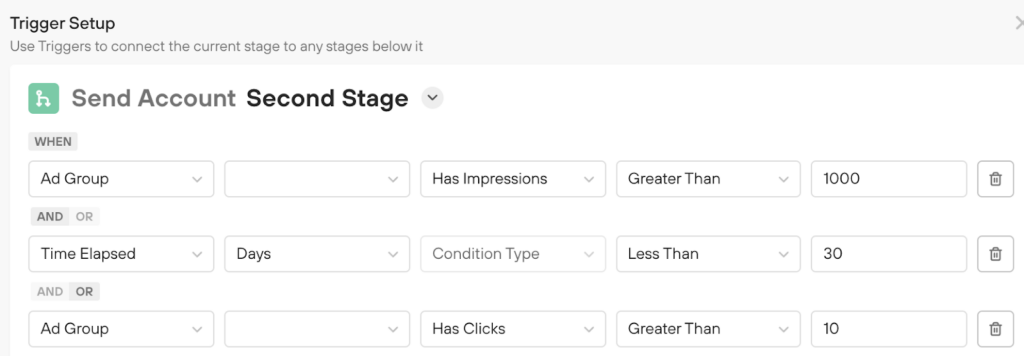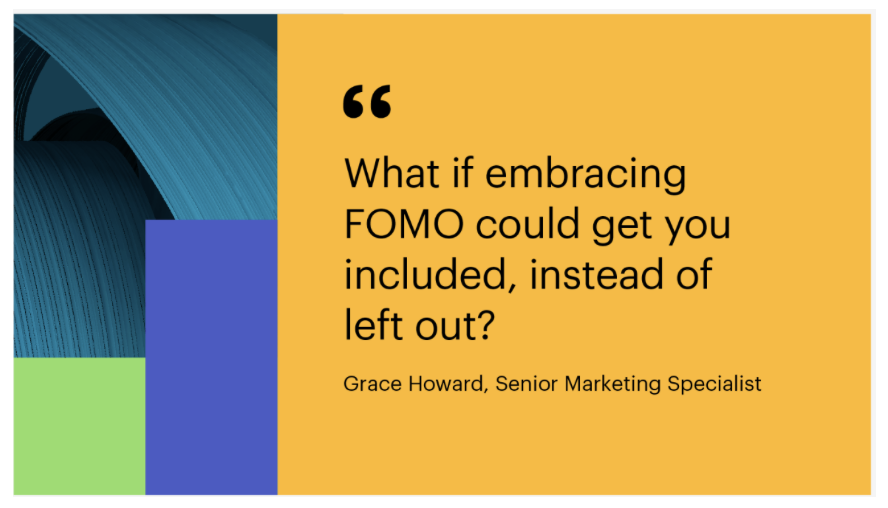You made it to our final installment of the ABM Crash Course Series! In today’s crash course, we’re going to cover everything you need to know to optimize your ABM program with orchestrated campaigns.
What is orchestration?
Orchestration takes all of your campaign’s moving pieces and creates a more efficient approach to executing ABM campaigns. Orchestration encompasses everything – from building audiences, delivering content, and setting up automatic triggers in your campaigns.
Why orchestration?
Orchestration streamlines campaign building and execution while significantly outperforming traditional marketing campaigns. The days of parsing through account lists and operating ABM campaigns manually are a distant memory. Sales and marketing teams collaborate more effectively by adjusting to account insights and sharing intelligence in real time. Fully aligned teams can modify messaging by stage, intent, or custom rules. This lays the groundwork for “always on” ABM campaigns that nurture buyers throughout the purchase journey.
Giving marketers back valuable time
The beauty of orchestrated campaigns is on full display with its ability to execute automatic multi-step, multi-channel cadences that adjust in real-time. This ultimately saves valuable time and helps sales and marketing teams engage with active buyers at the right time with the right messaging.
Consider this… When evaluating ABM platforms consider a platform with an easy-to-use visual interface like Orchestration Canvas to build your multi-channel, multi-step campaigns with ease.
Step 1: Building your orchestration
Let’s start from scratch – you can’t build orchestrated ABM campaigns without a platform capable of performing such an advanced task. Orchestration Canvas sets the industry standard for ABM campaign creation. Orchestration Canvas features the first ABM campaign builder, making complex campaign creation simple.
How Orchestration is Driven
ABM Orchestration is fueled in real-time by intent data from accounts in the funnel. First and third-party intent signals paint a comprehensive picture of a buyer’s purchase journey.
Integrations
Orchestration requires automatic task triggers which demand seamless integrations with your Ad and CRM platforms to build comprehensive reports. Orchestration Canvas integrates with a wide variety of martech platforms.
Step 2: selecting your audience
Prioritizing accounts and selecting a target account list (Audience Selection) are top challenges for ABM practitioners, and these steps are critical to orchestration. Luckily, advances in ai algorithms adapt audience insights in real time and adjust your target accounts as needed. Orchestration is similar to a living document. You can establish dynamic actions within each campaign that automatically fire according to your set rules.
Audiences for orchestrated campaigns
- Pull directly from your CRM
- Upload static List
- Create custom filters
Step 3: Creating automatic triggers
This is where the magic of orchestrated ABM campaigns is on full display. Marketers can build campaigns that automatically nurture accounts based on an action in the buyer’s purchase journey. For example, if an account has over 10 clicks and 1000 impressions on one piece of content, the account will be sent to a specific ad group. While other accounts that don’t meet the predetermined criteria are sent to a separate ad group, a nurture email campaign, or another desired action.

Consider this… When evaluating ABM platforms for orchestrated campaigns, consider a platform with an easy-to-use visual interface like the Orchestration Canvas to build your multi-channel, multi-step campaigns with ease.
Step 4: Polishing multi-step, multi-channel campaigns
You’ve selected your audience and created your campaign’s automatic triggers, now it’s time to fine-tune the engine. If you want to edit your campaign, you can add field values that signal which accounts are engaged, and pinpoint an account’s position in the funnel. Intent data signals fuel account scores and allow marketers to adjust a campaigns orchestration in real time. Automating individual changes to existing campaigns is now possible with ABM technology.
Conclusion
From campaign creation to execution, the future of ABM is fully automated. Orchestration encompasses everything we discussed in our ABM Campaign Crash Course Series parts 1-4, and ties them all together into one finely tuned engine. Ads, personalization, sales activation, and intent data insights are all at marketers’ fingertips.
We hope you enjoyed our five-part ABM Campaign Crash Course Series. If you would like to chat about getting started with ABM or fine-tuning your current ABM program, let’s chat!






